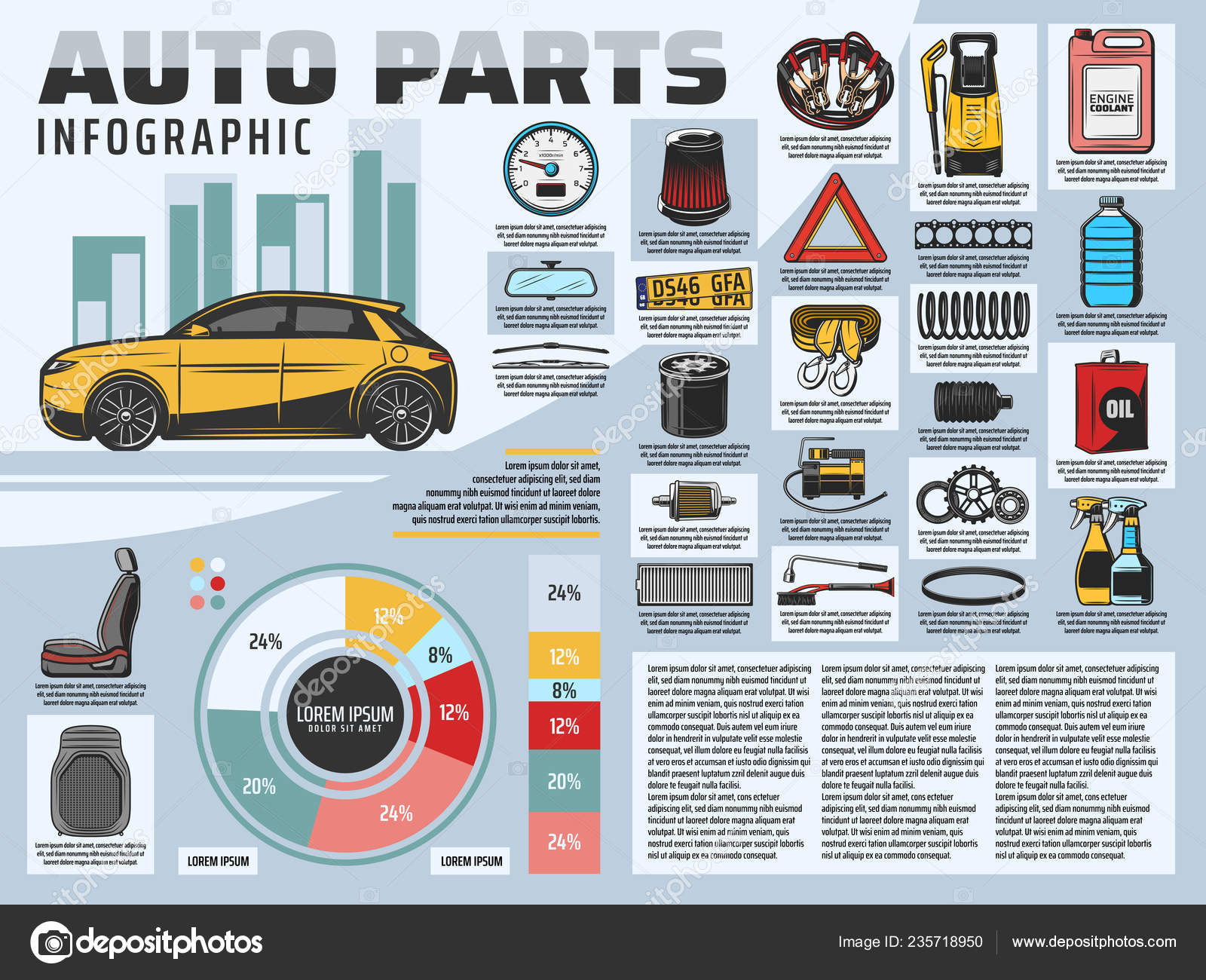Recognizing Your Automobile'S Warning Lighting: What Do They Actually Mean?
Recognizing Your Automobile'S Warning Lighting: What Do They Actually Mean?
Blog Article
Content By-Samuelsen Stark
When you lag the wheel, those radiant warning lights on your dashboard can be a bit difficult. Do you understand what they're attempting to inform you regarding your automobile's health? Comprehending the value of these lights is important for your safety and the durability of your automobile. So, the following time one of those lights appears, wouldn't you wish to decipher its message properly and take the essential actions to address it?
Common Warning Lighting and Interpretations
Identify typical warning lights in your cars and truck and recognize their meanings to guarantee risk-free driving.
The most common warning lights include the check engine light, which signals issues with the engine or exhausts system. If this light begins, it's important to have your lorry inspected immediately.
https://brake-change-cost17384.blogsidea.com/36189500/the-development-of-car-detailing-insights-into-the-next-5-years advising light suggests reduced oil pressure, requiring prompt attention to stop engine damage.
A blinking battery light could suggest a damaged charging system, possibly leaving you stranded otherwise resolved.
The tire pressure tracking system (TPMS) light notifies you to reduced tire pressure, impacting automobile stability and fuel efficiency. Overlooking this might lead to unsafe driving problems.
The abdominal light suggests an issue with the anti-lock braking system, jeopardizing your capability to stop swiftly in emergencies.
Last but not least, the coolant temperature level alerting light warns of engine overheating, which can cause extreme damage if not resolved swiftly.
Understanding these usual warning lights will certainly aid you address issues immediately and keep safe driving conditions.
Significance of Prompt Attention
Recognizing the usual caution lights in your vehicle is only the initial step; the relevance of promptly attending to these warnings can't be stressed sufficient to guarantee your safety when traveling.
When a warning light illuminates on your dashboard, it's your cars and truck's way of communicating a potential issue that needs interest. Ignoring these warnings can result in much more extreme issues down the road, jeopardizing your safety and potentially costing you extra in repairs.
Trigger focus to advising lights can avoid malfunctions and crashes. For instance, a blinking check engine light might show a misfire that, if left neglected, could cause damage to the catalytic converter. Resolving this promptly can conserve you from a pricey repair.
Similarly, visit this weblink alerting light might signify low brake fluid or worn brake pads, critical components for your security when driving.
Do It Yourself Troubleshooting Tips
If you discover a warning light on your dashboard, there are a couple of do it yourself fixing pointers you can attempt prior to looking for professional assistance.
The first step is to consult your auto's guidebook to understand what the particular caution light shows. In some cases the issue can be as simple as a loosened gas cap triggering the check engine light. Tightening up the gas cap might deal with the problem.
https://www.seattletimes.com/seattle-news/some-auto-repair-shops-arent-what-they-used-to-be-and-thats-a-good-thing/ is a reduced battery, which can trigger various alerting lights. Examining the battery links for corrosion and ensuring they're protected may repair the issue.
If a warning light lingers, you can attempt resetting it by detaching the automobile's battery for a couple of mins and then reconnecting it. In addition, inspecting your lorry's liquid degrees, such as oil, coolant, and brake fluid, can help troubleshoot advising lights associated with these systems.
Final thought
Finally, understanding your car's warning lights is important for maintaining your automobile running smoothly and securely. By promptly resolving these signals and knowing what they indicate, you can avoid costly repair work and possible failures.
Bear in mind to consult your vehicle's manual for particular information on each warning light and take action as necessary to make sure a trouble-free driving experience.
Remain informed, stay secure on the road!
